Advertisement
Advertisement

US-China trade war dominates SCMP’s top 10 economy stories of 2018
- Re-live the top 10 economy stories of 2018, which were dominated by the ongoing trade war between Xi Jinping’s China and Donald Trump’s United States.
It is safe to say that 2018 was the year of the trade war, with stories about the United States and China dispute proving a huge draw for readers of the South China Morning Post's Economy section.
From the opening gambits of US President Donald Trump's tariffs in July, to a relative ceasefire in Buenos Aires in December, the soap opera has threatened to destabilise the global economy, but has also made for riveting reading.
With top level negotiations planned in January and further tariffs on Chinese goods set to come into force in March if no deal is reached after the 90-day truce, we expect this story to roll well into 2019.
In fact, we may just be getting started.
But for now, we review the most read stories from 2018.

10. China’s running out of US goods to tax, so what other ways can it hit back in the trade war?
- Debate started to focus on alternative ways to hurt America, ranging from targeting specific imports with higher tariffs to making the exports the US wants the most more expensive.
Read the full story here.

9. All eyes on Buenos Aires as Beijing and Washington hammer out the details for the high-stakes summit between Xi Jinping and Donald Trump
- Xi and Trump each had as many as six aides joining them at the December 1 dinner after the G20 forum.
- The outcome was predicted to affect the direction of Sino-US relations and influence global economic trajectories.
Read the full story here.

8. China’s top leaders prepare for worse as economy takes hits from US trade war
- Politburo offered renewed support for the private economy and stock market, and saw more downward pressure on growth ahead.
Read the full story here.
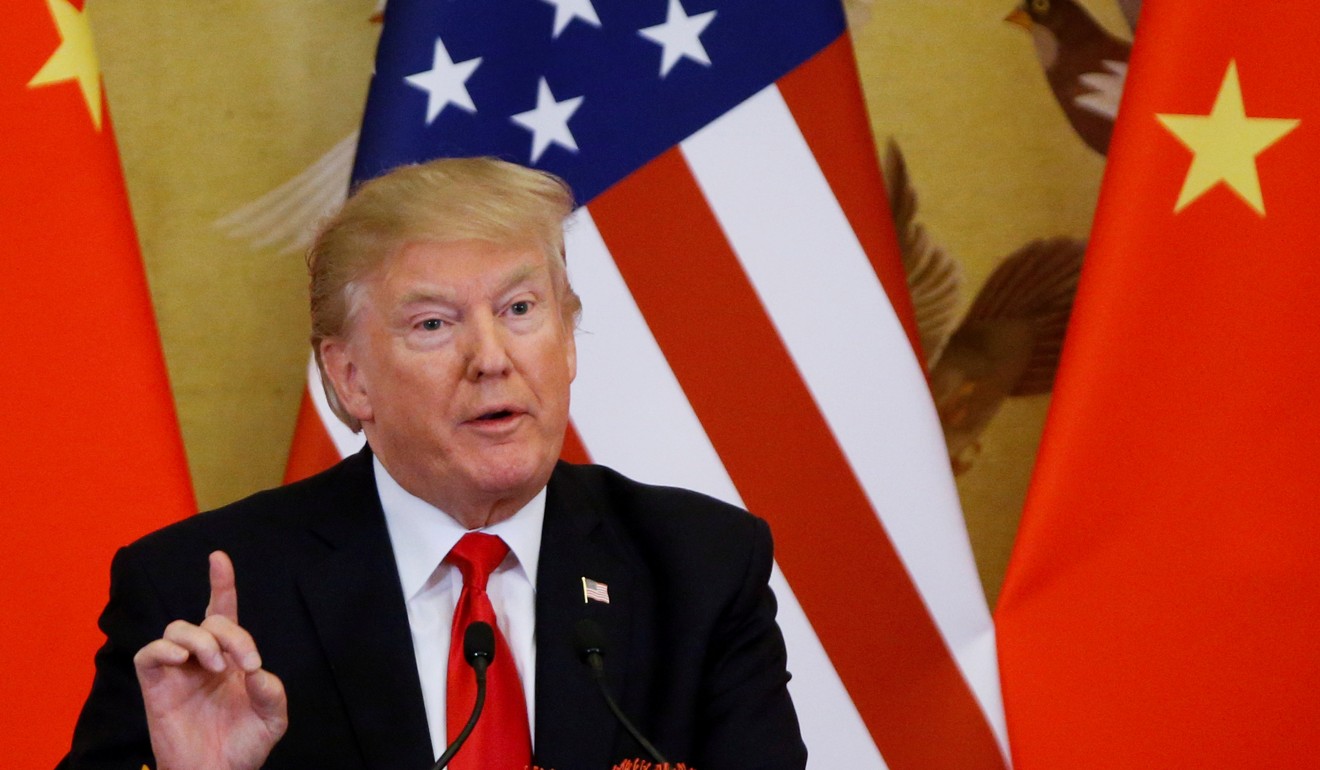
7. China ‘threatened with isolation’ by veto written into US-Mexico-Canada trade deal
- A clause allowing any member of the North American trio to effectively block each-other’s free-trade deals seemed to be aimed at China.
Read the full story here.
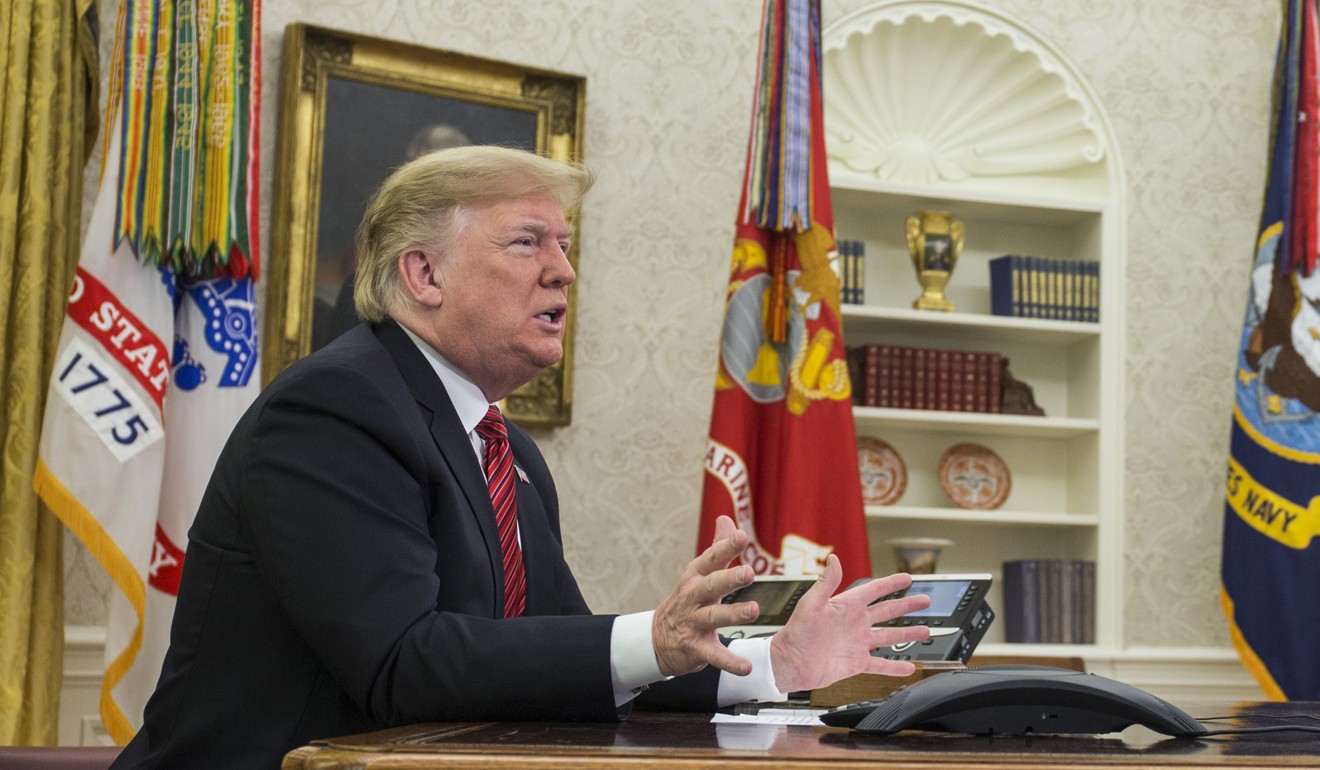
6. US-China trade war heats up as Beijing hits back at US President Donald Trump’s new tariffs
- Beijing retaliated with duties on US$60 billion of US goods as the trade war continued to escalate.
Read the full story here.
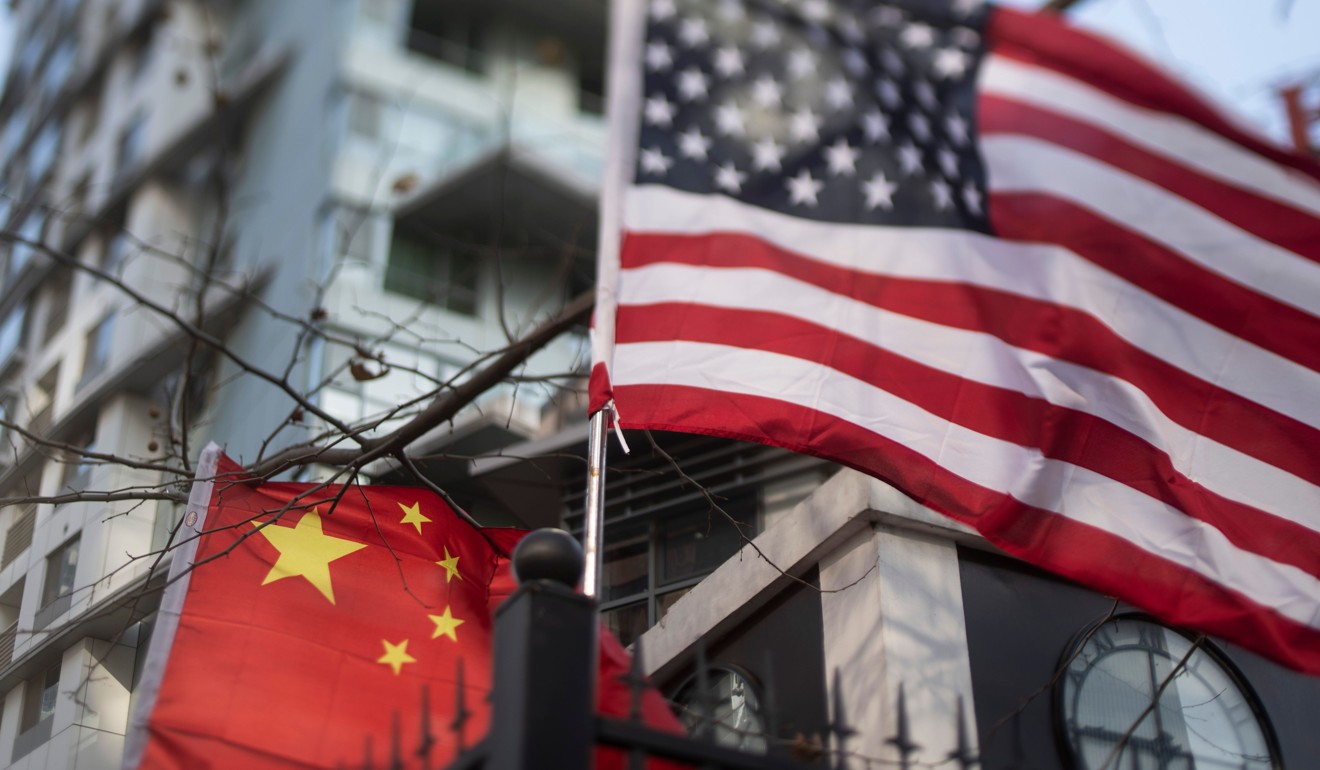
5. US-China trade war is helping to boost use of yuan in international transactions
- Overseas holdings of Chinese currency by institutions, individuals and central banks are on the rise.
Read the full story here.

4. China’s central bank to pump US$110 billion into economy as US trade war intensifies
- Move to free up more cash for lending aimed at generating momentum after economy started to stall amid growing trade conflict with Washington.
Read the full story here.
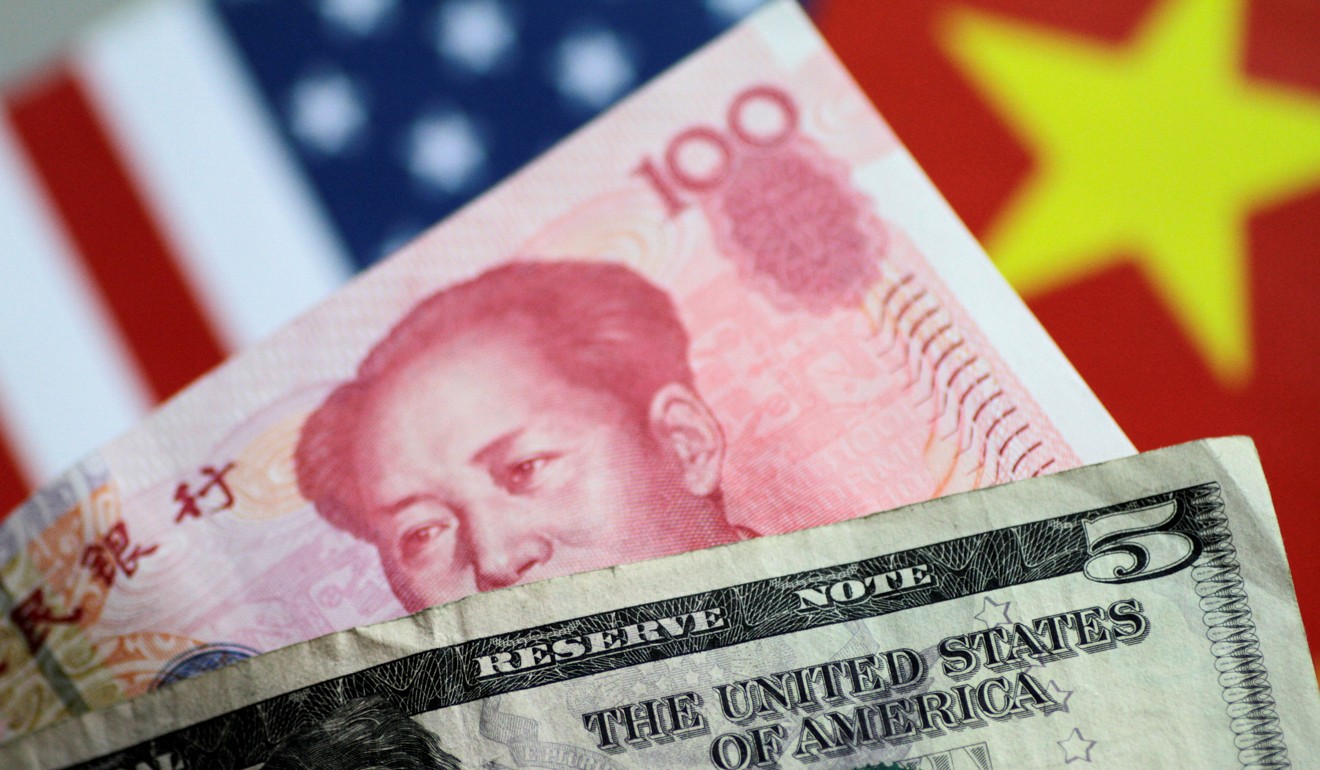
3. China is underestimating its US$3 trillion dollar debt and this could trigger a financial crisis, says economist
- Property developers and other mainland companies and investors that borrowed dollar-denominated debt at low US interest rates were facing repayment problems due to Federal Reserve rate increases and stronger dollar.
Read the full story here.
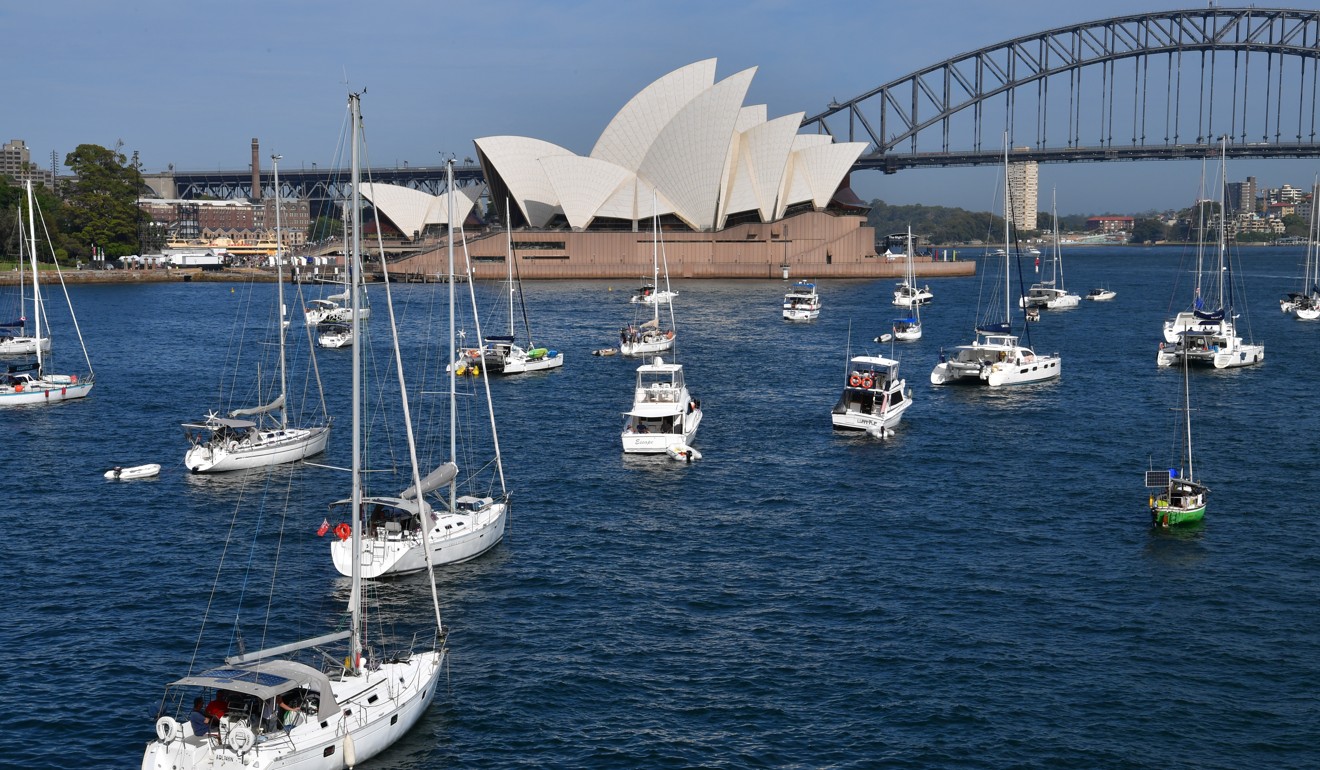
2. Desperate Chinese middle class take big risks to move money, and themselves, overseas
- Growing worries were pushing more wealthy mainlanders to seek property and long-stay visas overseas – but for some, it had turned into a nightmare.
Read the full story here.

1. US and China reach 90-day trade tariff ceasefire after China agrees to buy ‘very substantial’ amount of American goods
- Donald Trump held off on raising the tariff rate on US$200 billion of Chinese imports for 90 days to allow for talks to address US concerns on Chinese trade practices, the White House said.
Read the full story here.

Post
